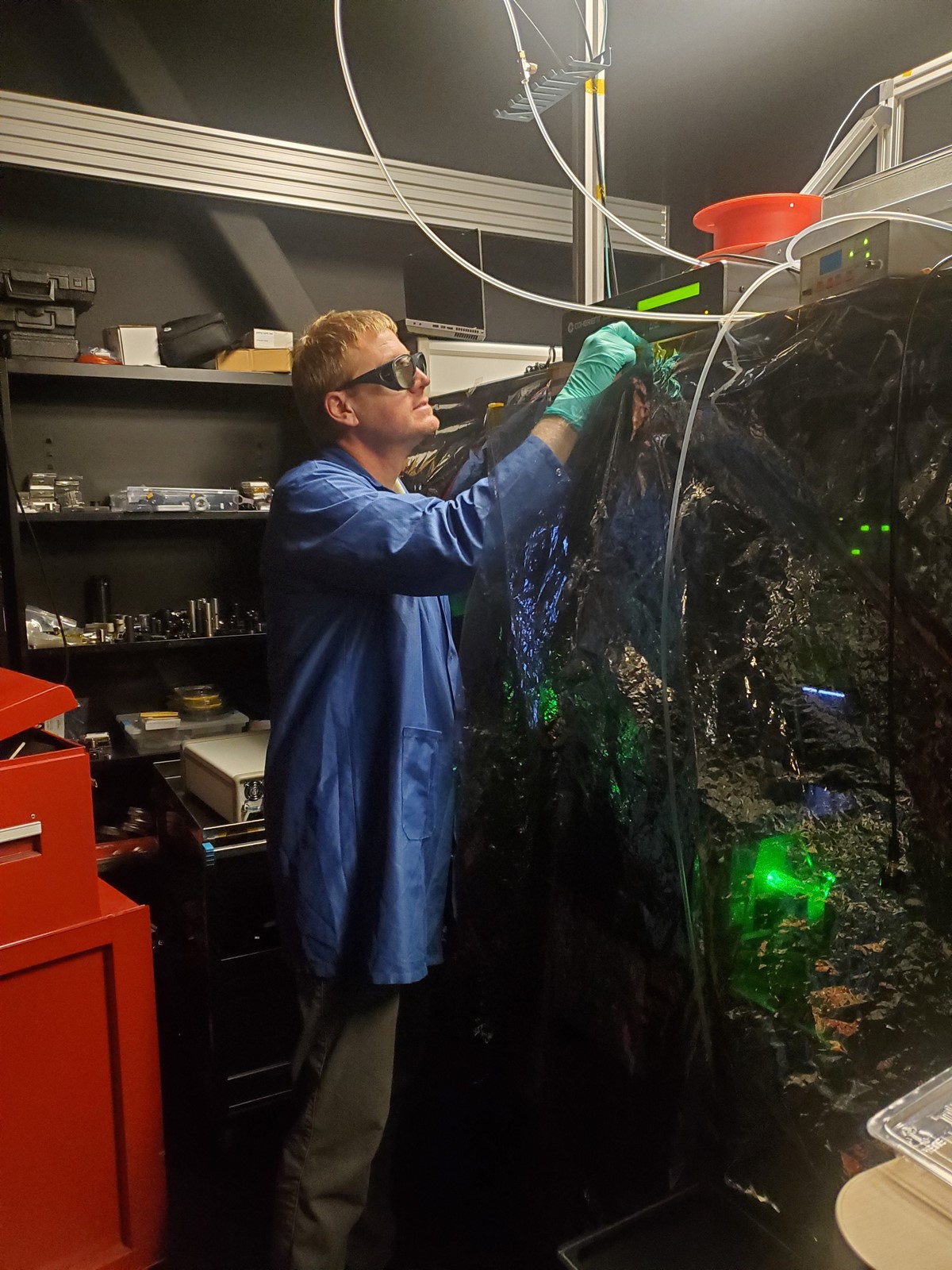
NASA and the University of Colorado Boulder will launch a 60-foot rocket out of New Mexico on Friday, which, once launched, will reach the speed of sound within seconds and complete its scientific mission to space in about 15 minutes.
NASA and CU Boulder will partner to launch a sounding rocket to study the sun at 1 p.m. MDT from White Sands Missile Range, a military base in New Mexico.
Sounding rockets carry scientific instruments to space to conduct research experiments and collect data, typically returning to Earth within 15 to 20 minutes.
These rockets are cheaper compared to larger orbital rockets, which are used for long-term space exploration.
The rocket being launched Friday will carry one instrument, called the SNIFS payload, or Solar eruptioN Integral Field Spectrograph.
The instrument, designed and built by scientists, engineers and students at CU Boulder’s Laboratory for Atmospheric and Space Physics, is a new design of a UV spectrograph. This spectrograph can capture pictures of the sun at the same time that it is separating incoming light by its wavelength. This will allow researchers at LASP to see what’s happening on the sun, including temperature changes and plasma movements.
“We can actually use this to inform ourselves of the 3D structure and movement we’re looking at on the sun,” said Vicki Herde, a former doctoral student on the project who graduated from CU Boulder in December.
Herde said the entire mission will last about 15 minutes. It’ll take about a minute-and-a-half for the rocket to travel 150 miles above Earth, and the instrument will spend about eight minutes collecting data and observing the sun. The rocket will then come back down to Earth via parachute and land in the New Mexico desert, where a helicopter will pick it up.
“I’m so excited,” Herde said. “We’ve been working on this for so long, and I’ve been dreaming about getting to see our own launch.”
Phil Chamberlin, senior research associate at LASP, has been working on the SNIFS instrument for more than four years. It will be his first launch as a principal investigator, or lead researcher, on a project.
“We’ve gone through problems, it’s been a struggle, it’s been a roller coaster, but we’re ready,” Chamberlin said. “I’m confident it will be successful. I’m a little bit nervous, but also very excited.”
One goal of the mission is to increase knowledge of the sun. The LASP team will focus on studying solar spicules, which are small eruptions in the sun’s chromosphere. The chromosphere is a thin layer of plasma that lies between the sun’s visible surface and the corona, which is the sun’s upper atmosphere. When spicules erupt, they heat up and move plasma around the sun. Chamberlin said these spicules could be a potential source of heating the corona. This ties into the long-time mystery of the coronal heating problem, which is a question of why the sun’s outer atmosphere, the corona, is millions of degrees hotter than the actual surface of the sun.
The sun seems to violate the laws of thermodynamics because it gets hotter farther from the surface. It would be like sitting next to a campfire, except the fire gets hotter instead of cooler as you walk away from it. Scientists believe there is likely a mechanism at work in the sun that causes this that they have yet to understand. Chamberlin said the CU Boulder team will examine whether spicules play a role in the coronal heating problem.
Another goal of the mission is to develop this new spectrograph technology so it can be used in future missions. Chamberlin said he wants to prove that it works so the team can go to NASA and advocate for a larger, multi-year space mission.
“We’re proving that that tech works and the science is worthwhile on this quick, cheap way of collecting data (via sounding rocket),” Chamberlin said.
Part of the mission also involves training the next generation of scientists and aerospace engineers. There were about seven or eight graduate and undergraduate students from CU Boulder who worked on the SNIFS instrument. About 25 people at LASP contributed to the project overall.
“These students have started learning how to do rocket science, how to be engineers,” Chamberlin said. “The next step is that the students are going to learn how to analyze data and write papers.”
Once the rocket returns to Earth, the team will work to upload the full set of data and push it through computer programs.
They will start to analyze the data, and some people at LASP will be charged with making 3D models of the sun and its atmosphere to simulate events that were captured through the data.
Herde said it’s important to improve understanding of the sun because it creates space weather and solar storms, which can impact Earth through communications and GPS blackouts, satellite damage and dangers to astronauts.
“We hope this small contribution will increase our society’s ability to model the sun and predict when these dangerous storms are going to happen,” Herde said.
To watch the launch at 1 p.m. Friday via livestream, visit video.ibm.com/wstf-wsmr.


 PREVIOUS ARTICLE
PREVIOUS ARTICLE
